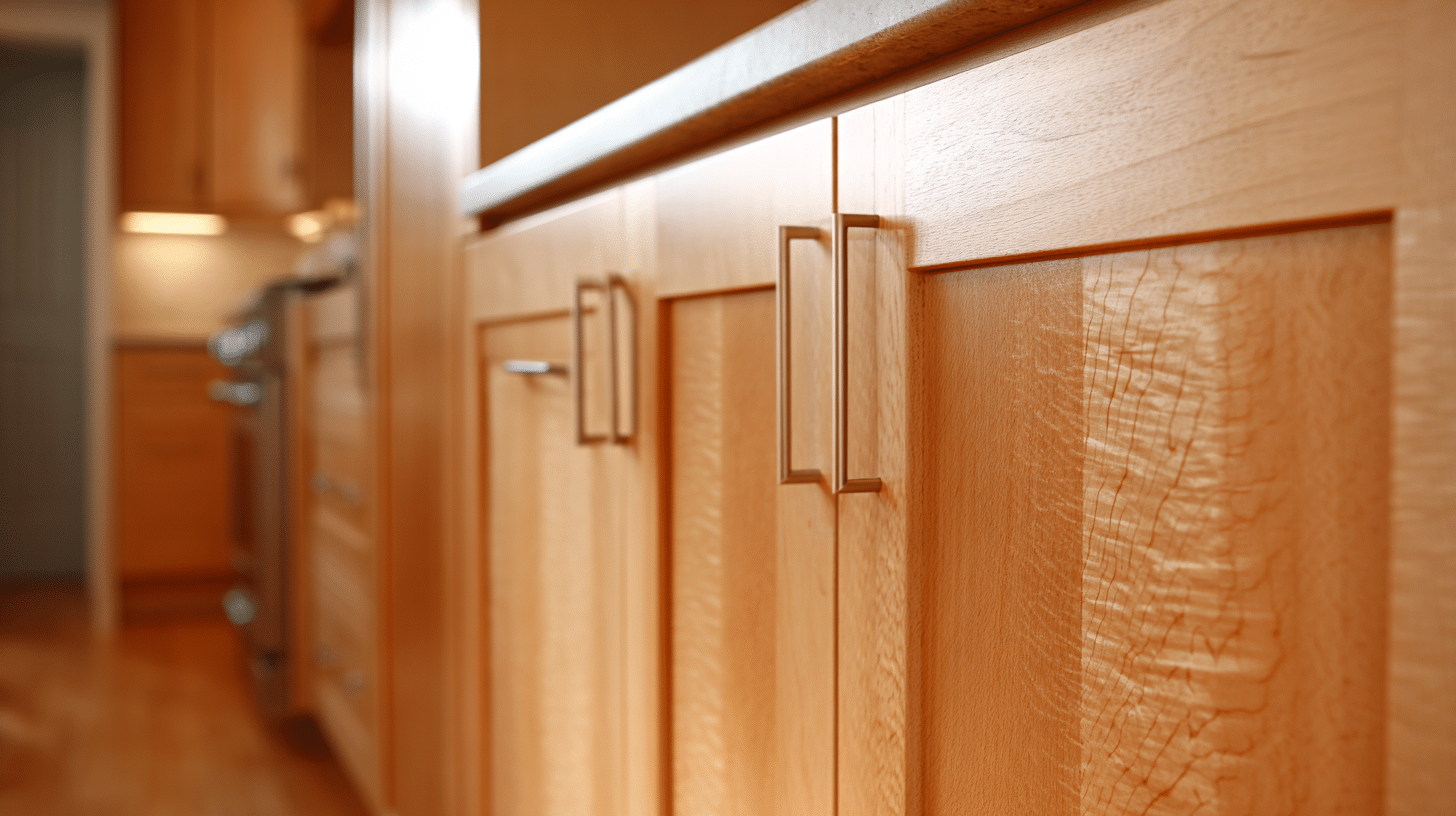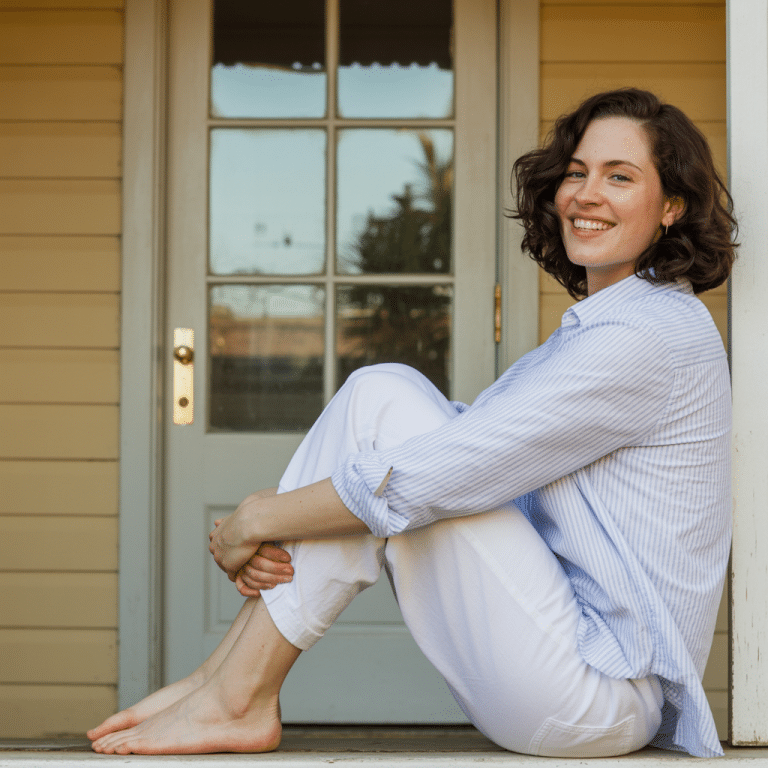What if I told you there’s a way to have crystal-clear water that’s gentle on your skin and kind to Mother Nature?
Small backyard natural swimming pools are revolutionizing the landscape for homeowners seeking luxury without the chemical chaos. These eco-friendly beauties use plants and natural filtration instead of harsh chemicals.
Ready to turn your small backyard into a natural oasis that’ll make your neighbors seriously jealous?
What is a Natural Swimming Pool and How Does it Work
It’s basically two pools in one: a swimming area and a regeneration zone filled with aquatic plants.
It works through biological filtration. Plants like water lilies and cattails act as natural cleaners, soaking up nutrients that algae love.
Beneficial bacteria break down organic matter, while water circulates between the two zones through gravel beds.
No chlorine needed! The plants and bacteria create a balanced ecosystem, like having a pond that’s clean enough to swim in. The water stays cooler than heated pools, and wildlife might visit. Dragonflies, birds, and frogs become your natural pool guests.
How Much Does It Cost to Build?
Here’s what you can expect to spend on your natural pool project.
Basic Natural Pool Setup: A simple, small natural pool typically costs between $50,000 and $70,000. This gets you the basics – excavation, liner, pumps, and essential plants. It’s like buying a really nice car, but this one sits in your backyard forever.
Mid-Range Options: Expect to spend $70,000 to $100,000. This includes improved filtration systems, a wider variety of plant species, and possibly some decorative rocks. You’ll get a pool that looks professionally designed.
High-End Natural Pools: Going all out costs $100,000 to $150,000 or more. Think waterfalls, heating systems, underwater lighting, and premium materials. Your neighbors will be seriously jealous.
Additional Costs to Consider: Don’t forget to account for permits, soil testing, and potential landscape modifications. These can add another $5,000 to $15,000 to your budget.
Long-Term Savings: No expensive chemicals to buy every month. Lower electricity costs than traditional heated pools. Your wallet will thank you later.
Detailed Instructions for Building a Natural Swimming Pool
Ready to get your hands dirty and create something truly special?
Building a natural swimming pool is like combining construction work with landscape design; it’s challenging but incredibly rewarding when you’re floating in your own private ecosystem.
Tools and Materials Required
| Category | Items Needed |
|---|---|
| Digging & Shaping | Spade/shovel, backhoe or tractor with backhoe, leveling tool/laser level |
| Construction | Concrete blocks, insulation panels (optional), timber planks, scaffold boards |
| Underlayers & Liner | Protective fleece underliner, 1 mm thick pond liner, additional fleece sheets |
| Retaining Walls | Concrete-filled sandbags, timber caps |
| Filtration System | Perforated pipes, washing machine drum (DIY filter), coarse gravel, sand, fine gravel |
| Water Source | Rainwater collection system (gutters, storage tanks) |
| Plants | Native water lilies (e.g., Nymphaea alba), bog bean, cuckoo flowers, fringe lilies |
| Finishing Touches | Sand for leveling, insulation/scrap panels for slopes |
1. Choose and Prepare the Site
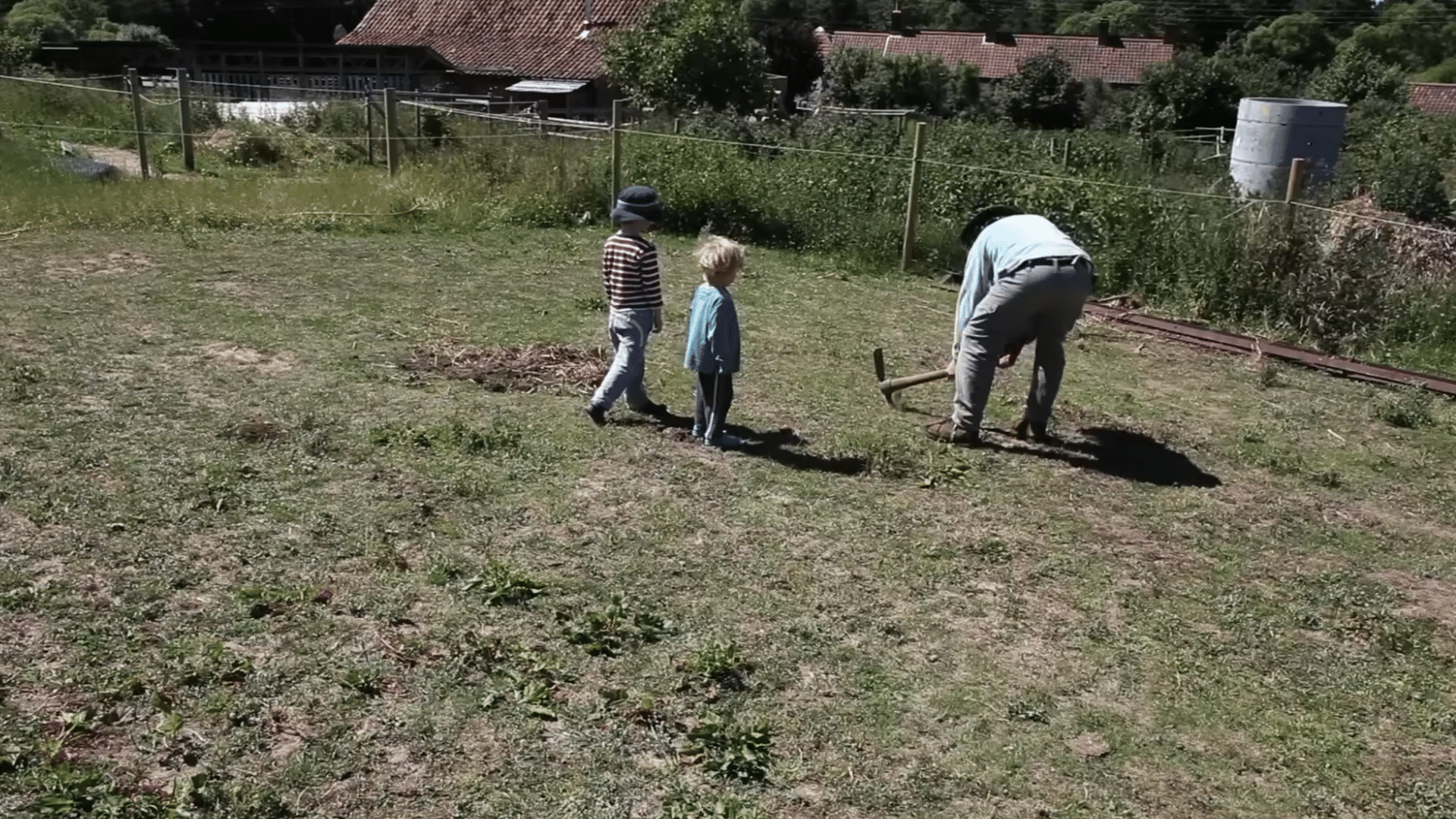
Select a suitable area with sufficient space, preferably on stable ground. Begin by marking out your pool’s shape and depth, aiming for approximately 2 meters if soil conditions permit.
If manual digging feels overwhelming, consider bringing in machinery, such as a backhoe. Remember, accuracy matters; use a leveling tool on an even base.
2. Shape and Support the Pool Walls
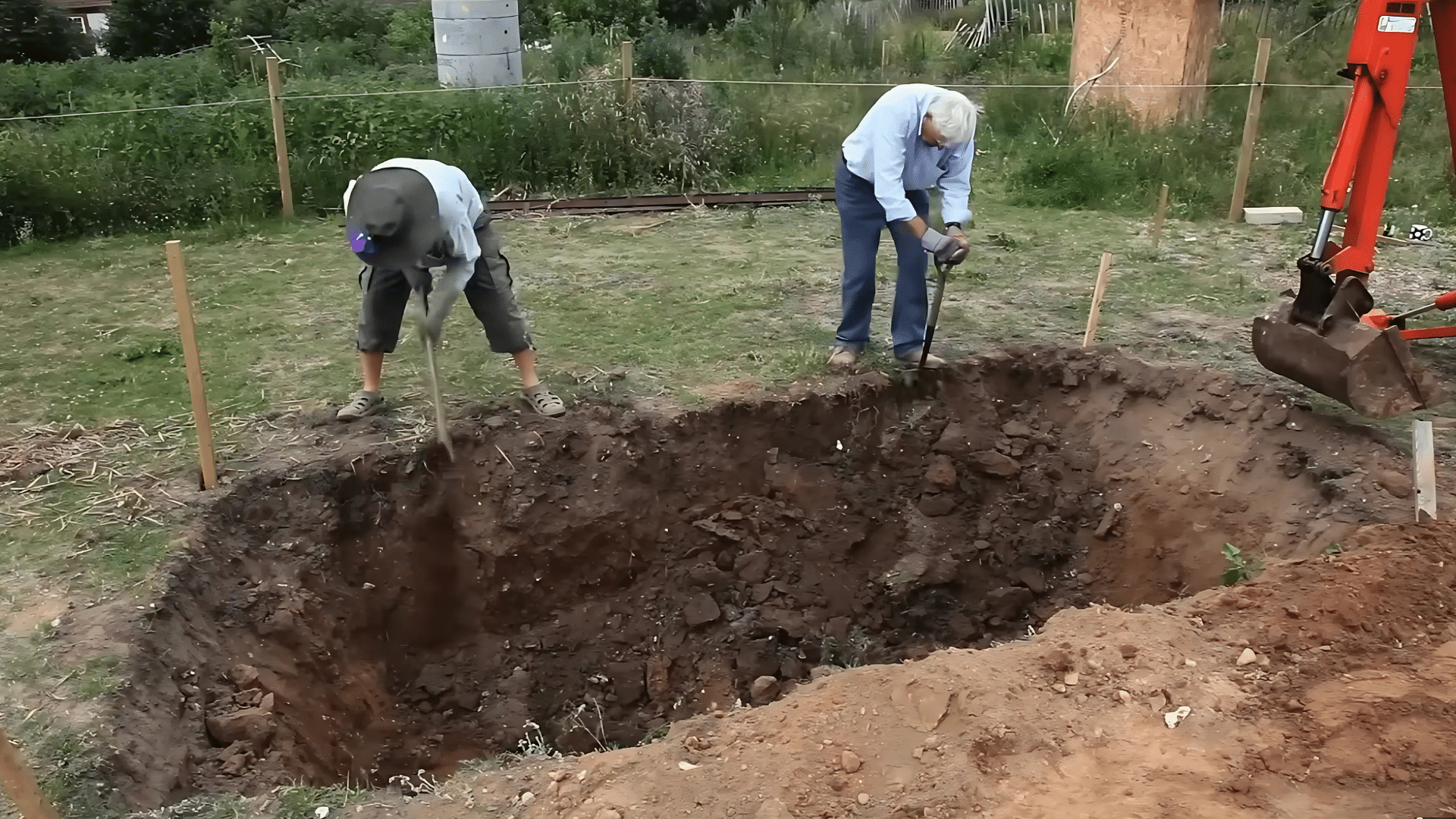
Once the digging is done, build up the sides. Construct retaining walls using concrete blocks or repurposed panels for sloped areas.
This makes sure there’s stability and prevents soil from collapsing into the water. Check your predicted waterline with a simple gauge to avoid uneven filling later.
3. Install the Underlayers and Liner
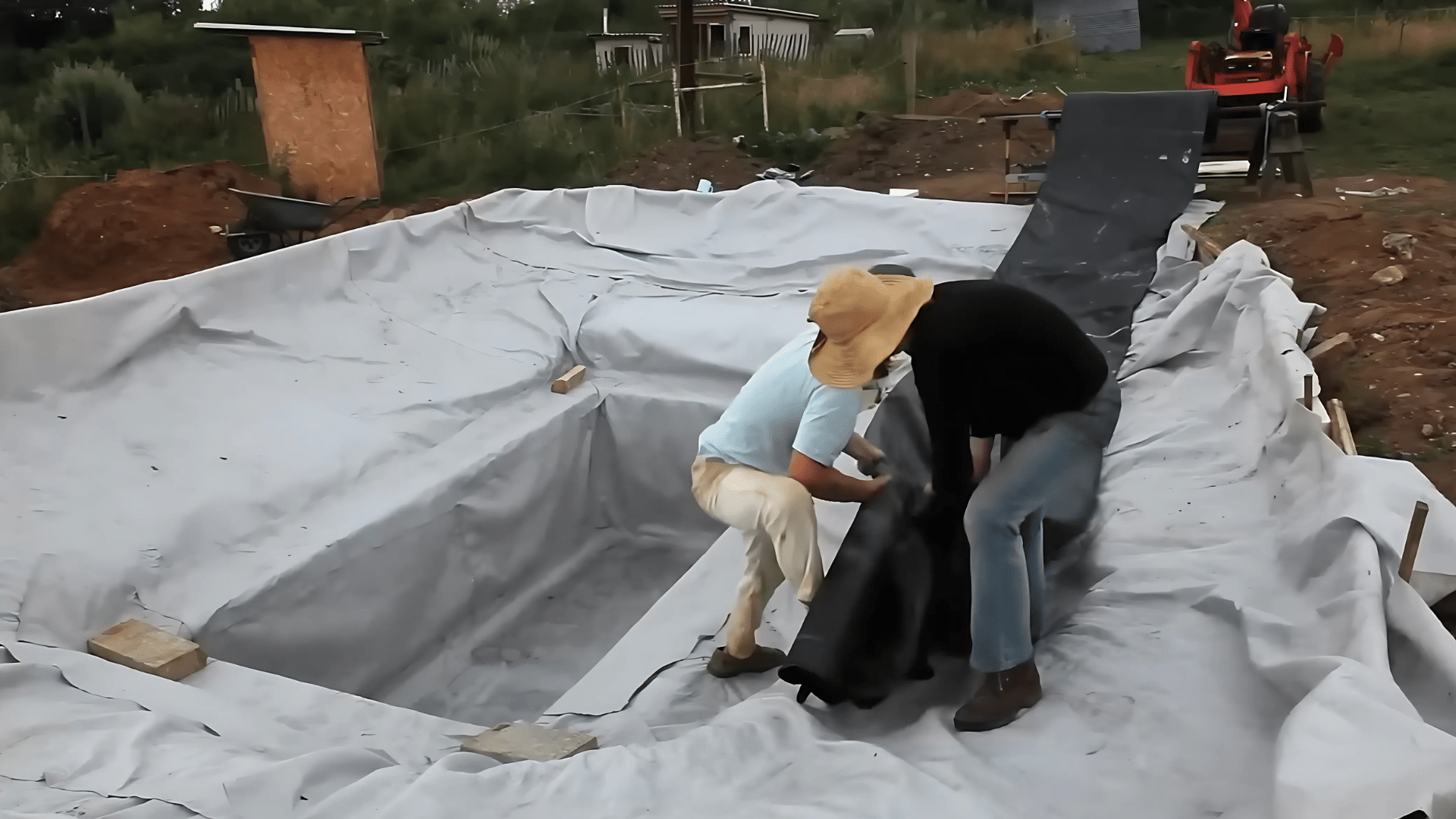
Lay down a protective fleece underliner across the base and walls of the pool to prevent punctures. Next, carefully spread out the heavy-duty pond liner (about 1 mm thick).
It can weigh as much as a donkey, so enlist plenty of help or clever tools to maneuver it. Smooth it out neatly against the walls and floor, think of it as giant origami!
4. Secure Planting and Swimming Zones

Add another layer of fleece in the designated planting areas. For the swimming zone, build a retaining wall with sandbags filled with concrete and topped with timber for reinforcement.
This creates a safe divide between where people swim and where plants grow.
5. Set Up Circulation and Filtration
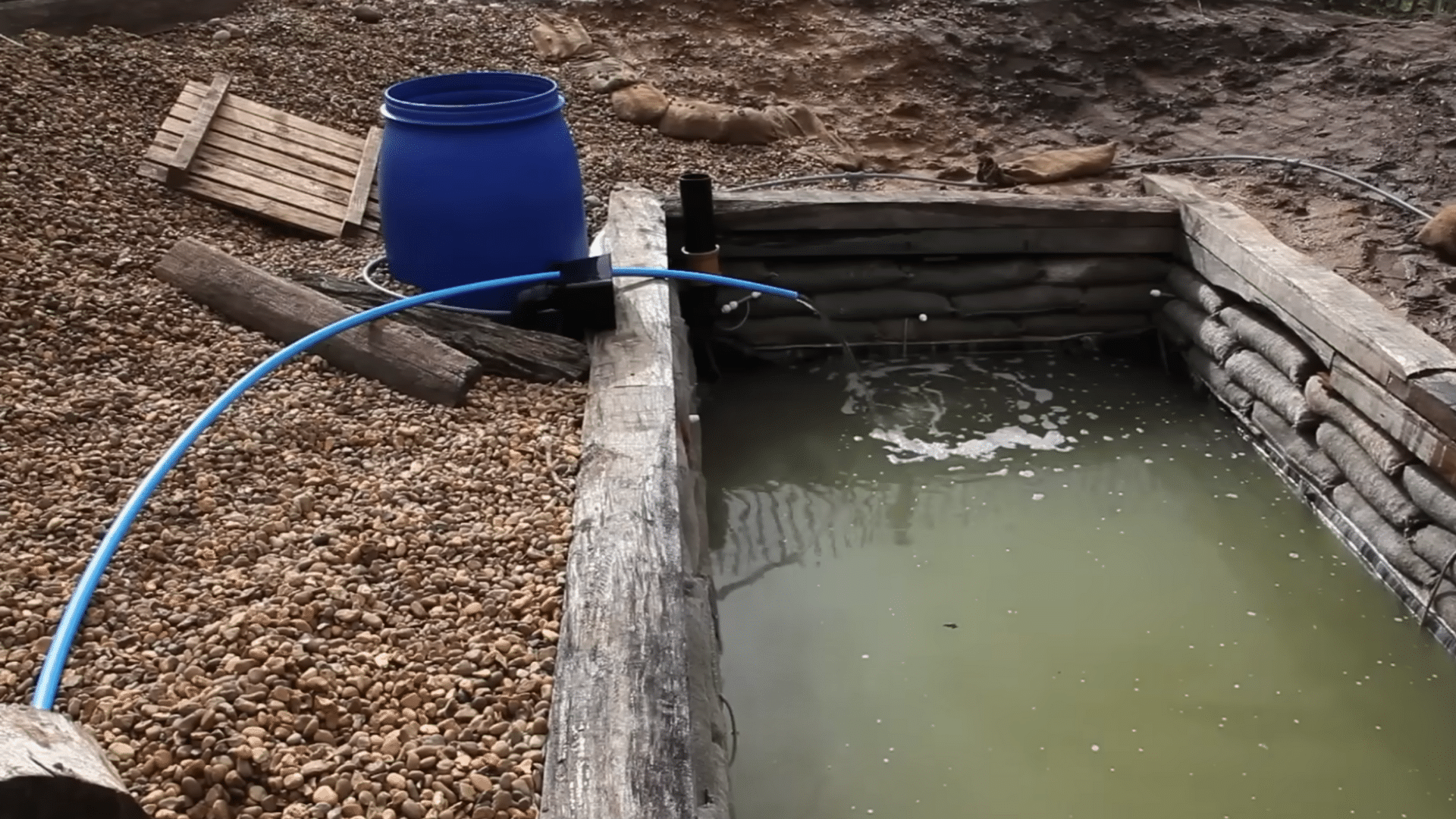
Lay perforated pipes around the base of the planted area to allow gentle bubble circulation. Connect them to a simple DIY filter, such as a repurposed washing machine drum filled with filtering media.
Cover the pipes with coarse gravel, then add another layer of fleece and a top layer of sand and fine gravel to support plant roots.
6. Fill with Rainwater and Plant Wisely

Whenever possible, use collected rainwater to fill the pool; it’s softer and kinder to both plants and wildlife.
Introduce native plants, such as Nymphaea alba (water lilies), for natural shading and improved water quality, along with other marginal plants like cuckoo flowers and fringe lilies. These plants create balance and beauty.
7. Welcome Wildlife and Enjoy
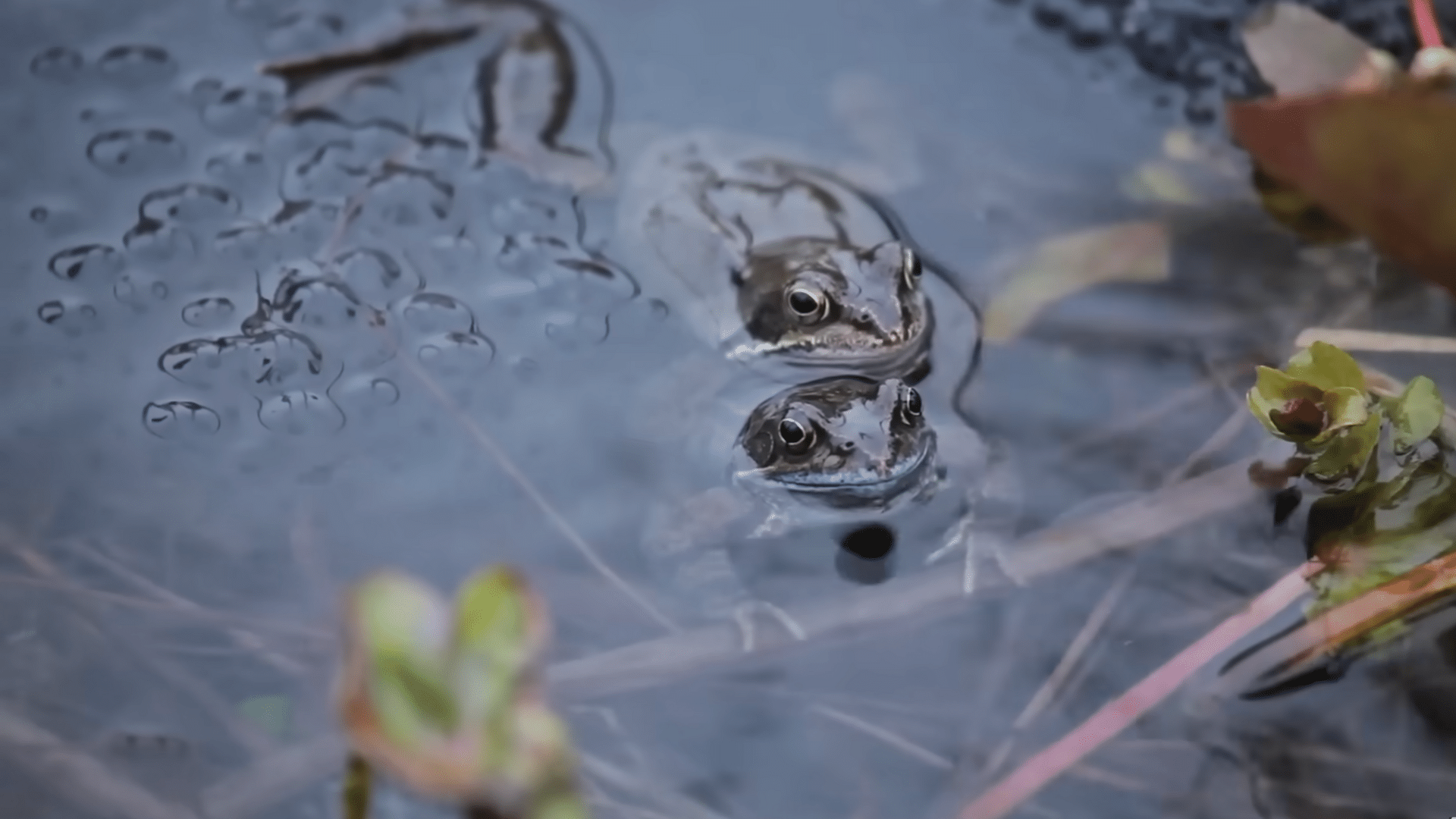
As the pool settles, expect dragonflies, newts, beetles, and tiny filter-feeders to make their home here. These little helpers naturally maintain water clarity and health.
Over time, your pool will turn into a thriving ecosystem: one where your family can swim, relax, and feel at one with nature.
Pros and Cons
Thinking about taking the plunge? Let me break down the good, the bad, and everything in between. Natural pools aren’t perfect for everyone, but they might be perfect for you.
| Pros | Cons |
|---|---|
| No harsh chemicals burning your skin or eyes | Higher upfront costs than regular pools |
| Eco-friendly and attracts local wildlife | Takes longer to heat up in the spring |
| Lower long-term maintenance costs | Plants need seasonal care and trimming |
| Unique, beautiful addition to your yard | The swimming area might be smaller than expected |
| Water feels soft and natural | Occasional algae blooms during the setup phase |
| Year-round visual appeal, even in winter | Limited to cooler water temperatures |
| No chlorine smell or bleached swimsuits | Requires understanding of natural systems |
Natural pools require patience and a love for nature’s unpredictability.
If you enjoy gardening and don’t mind sharing your space with friendly wildlife, you’ll probably love it. But if you want crystal-clear heated water at the flip of a switch, stick with traditional pools.
What Maintenance Does it Require?
Natural pools need different care than regular pools, but it’s actually pretty manageable.
- Trim and thin plants seasonally: Cut back overgrown vegetation in fall and divide plants that spread too much in spring
- Remove debris regularly: Skim leaves, twigs, and other organic matter before they sink and decompose in your swimming area
- Check pump and filtration systems monthly: Clean intake screens and ensure water circulation stays strong between zones
- Test water quality occasionally: Monitor pH levels and nutrient content, though it’s less critical than chemical pools
- Manage algae blooms naturally: Add beneficial bacteria or adjust plant coverage if water gets too green during warm months
Conclusion
Small backyard natural swimming pools turn your backyard into a living, breathing ecosystem that happens to be perfect for swimming.
Sure, they cost more upfront and need different care than regular pools. But imagine floating in chemical-free water while dragonflies dance overhead.
I think they’re worth it if you love nature and want something truly special. Your pool becomes an integral part of your garden, looking beautiful year-round. No more red eyes from chlorine or faded swimsuits.
Ready to create your own natural oasis? Start planning now.




